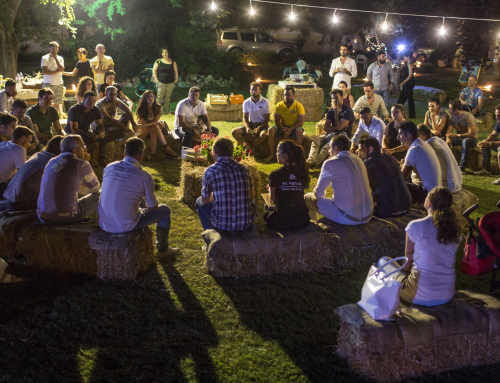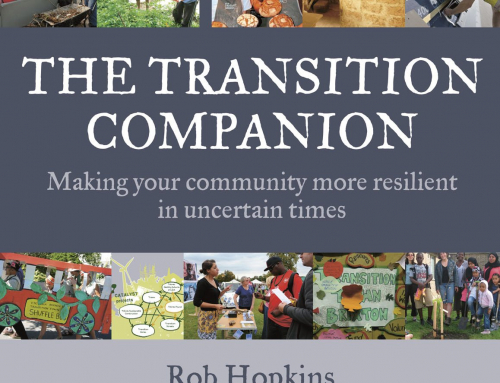Having just read Heat (see below) I arrived in a sober mood in Beijing for what people said was the first social innovation conference.
Gerard Lemos, in his welcome, reminded us of our moral duty to be optimistic. Thereafter, forty five lectures made for a gruelling programme, but things do look brighter at the event’s conclusion.
The Beijing conference confirmed that although we have a lot to do, we are not starting from scratch. Social innovation is all around us. There is vast opportunity for us to amplify, improve and accelerate a transition to new ways of living which is already under way.
Several Chinese speakers combined remarkable candour about their own situation with a disinclination to cast blame at the West. One referred to his country’s irresponsible exploitation of resources for short-term benefits.
He was too polite to add that countries like the UK have contributed 15% of total emissions now present in the atmosphere. The main way we have ‘improved’ is by outsourcing a lot of pollution to countries like China. The resource efficiency per head of citizens in the West is in any case dreadful. According to the New Scientist (quoted by Matt Prescott ) the ecological footprint of the average American has increased in the last ten years by the same amount as the entire footprint of the average Chinese citizen.
It makes one cringe to recall the sanctimonious complaints about development in China and India still made by some Western environmentalists.
But back to the plus side. The social purpose space that we discussed in Beijing is a huge business opportunity. Health, care, learning – and climate reduction – already represent 30 per cent of most economies.
Redesigning them to be equitable, and sustainable, seems a daunting task. But how how fast will things move, pondered Ezio Manzini, when a billion entrepreneurial Chinese with mobile phones turn their attention to this market?
This is not a hypothetical development. Senior Chinese policy makers told us that they are looking to develop a “fundamental transformation of our economic growth modelâ€. Others talked of a “campaign for a new countryside”.
Geoff Mulgan, joint organiser of the conference, and co-author of Social Silicon Valleys, agreed that profound transformations are under way. “Transformations in concepts, theory and language are leading to new new social models, and new ways to create value”, he said.
Some of these new models are combinations of elements drawn from different times and cultures. The Open University, for example, drew on experiments in 1950s Russia, and ideas about distance learning developed years later in the US.
Today, too, we need to scavenge widely in other cultures and eras.
My own contribution was to argue that social innovation and technology innovation are not discrete domains. We need to reframe social innovation as the driver of technology innovation, not as an alternative.
This can be a win:win realignment. A lot of technology innovation is driven by imaginary futures. These wished-for futures are often culturally impoverished; many predictions made for technology are wildly optimistic; and many of the unexpected rebound effects of technology-push can be devastating.
Social innovation, by contrast, is driven by practical, step-by-step responses to real and present needs. Reality checks (does this work?) are a real-time feature of the social innovation process.
Huge savings will be made saved when proposals for technology research are passed first first through a filter of social need.
I also explained what we hope to achieve with Designs of the time (Dott 07). In the context of China, Dott 07 has a teeny footprint. The North East of England is one of 250 regions in Europe, and these sit beside more than 500 cities in China which have populations of a million or more.
But we live in age of tipping points. It was evident in Beijing that many of our fellow regions and cities are asking the same question – “how do we want to live?†– and taking actions to answer it.
There is enormous potential to share and adapt new approaches to issues we all face, such as resource allocation. We can help each other figure out how to design services and infrastructures that will be delivered by multiple partners. And new business models are bound to emerge from new and unexpected quarters.



